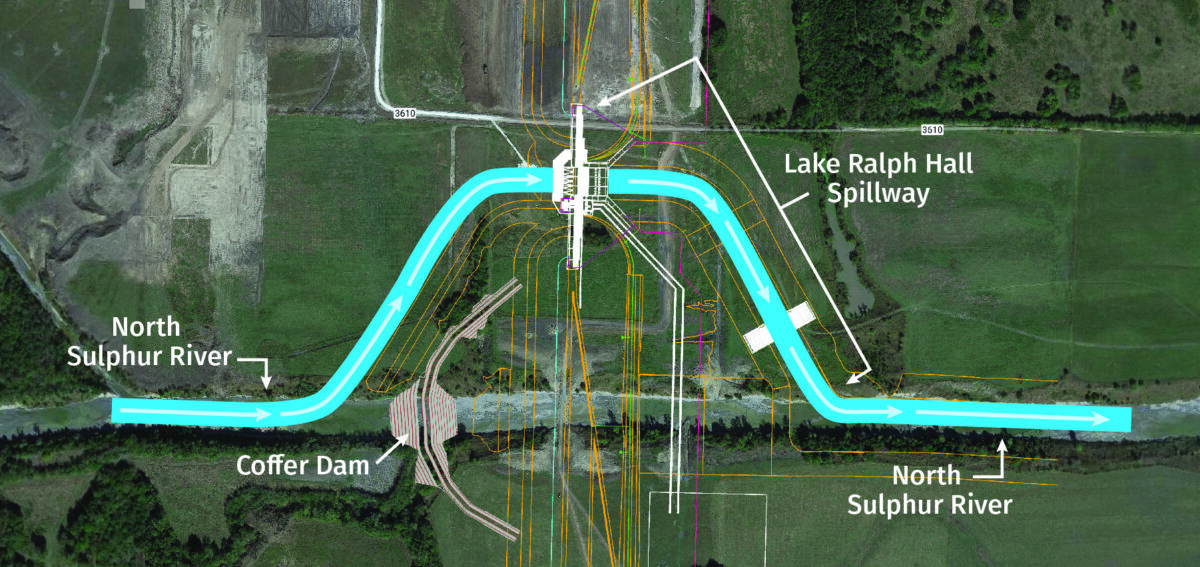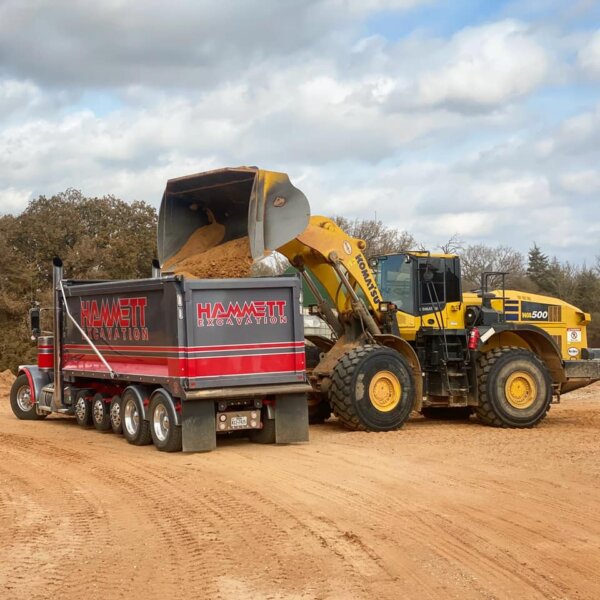{email_subject}
#outlook a{padding:0;}
.ReadMsgBody{width:100%;} .ExternalClass{width:100%;}
.ExternalClass, .ExternalClass p, .ExternalClass span, .ExternalClass font, .ExternalClass td, .ExternalClass div {line-height: 100%;}
body { margin: 0; padding: 0; height: 100%!important; width: 100%!important; -webkit-text-size-adjust: 100%; -ms-text-size-adjust: 100%; mso-line-height-rule: exactly;}
table,td { border-collapse: collapse !important; mso-table-lspace: 0pt; mso-table-rspace: 0pt;}
img { border: 0; height: auto; line-height: 100%; outline: none; text-decoration: none; max-width: 100%!important; -ms-interpolation-mode: bicubic;}
img.aligncenter { display: block; margin: 0 auto;}
/* TinyMCE of WP */
.alignleft { float: left; margin: 7px 15px 7px 0px; }
.alignright { float: right; margin: 7px 0px 7px 15px; }
.aligncenter { display: block; margin-left: auto; margin-right: auto; }
.screen-reader-text { display: none }
@media screen and (max-width: 525px) {
.wrapper { padding-left: px; padding-right: px; padding-bottom: px; padding-top: px;}
.p-0 { padding: 0 !important; }
.pt-1, .padding-top-15 { padding-top: 15px!important; }
.pb-1, .padding-bottom-15 { padding-bottom: 15px!important; }
.dh { display: hidden }
.fs-90 {
font-size: 90%;
}
.responsive { width:100%!important; }
table.responsive { width:100%!important; float: none; display: table; padding-left: 0; padding-right: 0; }
table[class=”responsive”] { width:100%!important; float: none; display: table; padding-left: 0; padding-right: 0; }
img { max-width: 100%!important }
img[class=”responsive”] { max-width: 100%!important; }
/* “width: auto” restores the natural dimensions forced with attributes for Outlook */
.fluid { max-width: 100%!important; width: auto; }
img[class=”fluid”] { max-width: 100%!important; width: auto; }
.block { display: block; }
td[class=”responsive”]{width:100%!important; max-width: 100%!important; display: block; padding-left: 0 !important; padding-right: 0!important; float: none; }
td.responsive { width:100%!important; max-width: 100%!important; display: block; padding-left: 0 !important; padding-right: 0!important; float: none; }
td[class=”section-padding-bottom-image”]{
padding: 50px 15px 0 15px !important;
}
/* For grids */
.max-width-100 { max-width: 100%!important; }
/* Obsolete */
.tnp-grid-column {
max-width: 100%!important;
}
}
/* Last posts */
@media (max-width: 525px) {
.posts-1-column {
width: 100%!important;
}
.posts-1-image {
width: 100%!important;
display: block;
}
}
/* Text */
.text p {
margin: 0 0 15px 0 !important;
}
.text a {
color: #007bff;
}
/* Html */
.html-td-global p {
font-family: Helvetica, Arial, sans-serif;
font-size: 16px;
}
Plus, Hammett Excavation brings local legacy to Lake Ralph Hall
|
Water To Flow Over Spillway for First Time
Construction crews began redirecting water from the North Sulphur River channel on October 28th and moving it for the first time through the Leon Hurse Dam spillway.
The process began in late October when workers started building a temporary coffer dam just south of the spillway, which is also still under construction. The smaller dam will block the river’s natural flow, diverting the water northward through the intake channel to the spillway. Once the water reaches the top of the spillway, it will flow through a 120-foot-wide weir, down a concrete and rip-rap slope, and re-enter the river channel downstream.
The coffer dam, made of 80,000 cubic yards of dirt (equivalent to filling up half of the Eiffel Tower), should take only a few of weeks to construct. It’s designed to withstand a 10-year flood event, providing temporary protection allowing the crews to finish building the remaining 3400 feet of embankment, providing a permanent dam across the North Sulphur River.
After the crews complete the embankment, they will complete construction on the spillway, raising it to its design elevation.
|
|
|
|
Hammett Excavation Brings Local Legacy to Lake Ralph Hall
Hammett Excavation is pitching in as a subcontractor on UTRWD’s Lake Ralph Hall, but this is not just any project for the family-owned excavation company. Today, the team hauls local filter sand for Resolve Aggregates, a local business partner, to help construct the dam. However, the Hammett team’s connection to conservation around Lake Ralph Hall goes back to 1963, when Gaylon Hammett’s family business began with a small job to stop erosion in nearby streams—long before the idea of a reservoir was conceived.
“Our first dozer job was right here near the site of Lake Ralph Hall, working on soil case conservation,” second-generation CEO Hammett shared. “The government offered funding to slow severe erosion in the area.” Hammet’s team moved earth to slow the flow of water, helping stop some erosion in the smaller creeks.
Lake Ralph Hall’s construction will further Hammett’s original work to slow local erosion, and on an even larger scale. The lake itself will help control water flow into the North Sulphur River, and five local streams have been restored/re-created as part of mitigation for the project.
Since Hammett Excavation’s original work in the area, the company has grown to more than 370 employees, and the company has worked on high-profile projects across Texas and Oklahoma. Hammett’s semi fleet, run by his son, operates eight to ten semi-trucks to deliver 500-600 tons of sand daily for the Leon Hurse Dam. Hammett’s crew is also under contract to clear the remaining 1,500 acres inside the lake site, employing 25 to 35 workers who live nearby.
“It’s all coming locally,” Hammett said.
|
|
|
|
Hammett Construction truck is filled with sand to build the Lake Ralph Hall dam.
|
|
|
|
Gaylon Hammett is grateful for the opportunity to work on a project close to home, but Lake Ralph Hall is more than just a contract—it’s an investment in the future of North Texas. With its legacy of commitment to community and conservation, Hammett Excavation’s work on the project underscores the ways Lake Ralph Hall will benefit the area for future generations.
“This job’s special because this location is our roots – where we were born,” Hammett said. “Now we’re helping put in a lake to capture water for life. It will provide a lot of opportunity – more schools and businesses. It will provide water for Dallas-Ft. Worth, where we also do a lot of work. It’s a future for the living.”
|
|
|
|





